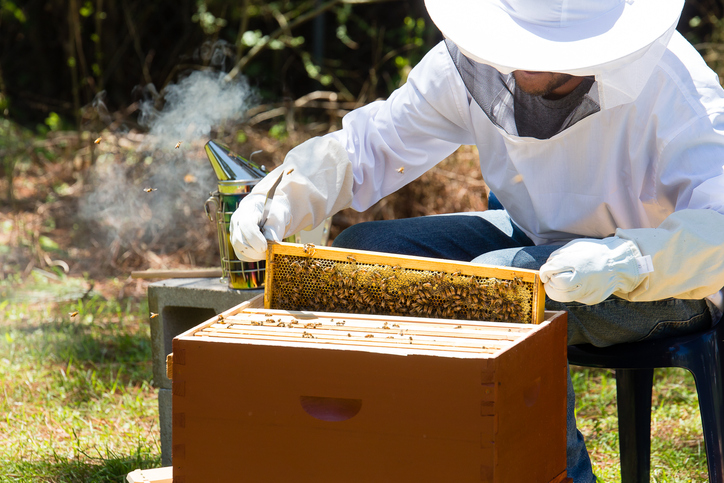The History of Homesteading
The definition of “homesteading” has evolved. Beginning in the 1960s, the U.S. government began to allow applicants to take ownership of nearly 200 million acres of public land in parcels called homesteads. The popularity of homesteading today is largely based on a lifestyle of self-sufficiency. Homesteading is defined over a wide spectrum, ranging from off-the-grid, live-off-the-land mode to suburban and urban dwellers who want to dedicate a small patch in the backyard (or even a few containers) to growing fresh vegetables and herbs.
Why You Should Set Up Your Homestead Farm in Arkansas
Homesteading at any level can be a rewarding lifestyle that fits your goals and needs. This post can help answer the many questions that will come up as you plan toward that goal.
Thanks to its excellent conditions for crop-growing, Arkansas serves as a great area for homesteaders. Here are some reasons Arkansas is ideal for producing high-demand fruits, veggies, and other commercial crops:
- plentiful solar energy
- higher-than-average rainfall compared to other states
- hot summer temperatures
- a long growing season
Arkansas has enjoyed a long history of homesteading communities scattered around the state. The northwest Ozarks region has become a popular site.
The COVID-19 pandemic has brought a new surge of interest in the homesteading way of life in many areas. Telltale signs include a rise in demand for eggs and the chickens that lay them (thanks to more people eating breakfast at home). There is more demand for processed meat and an increase in seed catalog sales and gardening tools.
Homestead Planning
If you are seriously considering the possibility of homesteading, especially on a large scale, take time to familiarize yourself with some specifics. There are many informative books that can introduce you to the realities and pleasures of the homesteading lifestyle and how transitioning into it will change your everyday routines. If you already know someone who has taken the plunge, ask them to share what has worked and what mistakes they may have made.
Tips for Homesteading Beginners
As you become more comfortable with homesteading, consider some important starting points. This step-by-step beginner’s guide to homesteading may benefit you on your journey to self-sufficiency:
- Think through the daily chores you’ll face every day, and the conveniences you will give up for this change in lifestyle—and make sure your spouse or partner is 100 percent onboard.
- Decide what your goals are—you don’t have to move to the country to live a homesteading life. Committing to projects you love and can do at home now is another form of accomplishing homesteading principles. Otherwise, do you want to plant crops? Raise livestock? Prepare most of your own food from scratch? The possibilities are endless!
- Decide where you want to live. Are you prepared for the possibility of driving for an hour to get to the nearest grocery store?
- Plan a budget, keeping in mind that what you envision may end up costing more.
- Learn how to preserve food. Try your hand at canning, pickling, freezing, cold storage, dehydrating or smoking—they can all help cut down on food costs.
- Sharpen skills you may need frequently: gardening, sewing/mending, building and repairing.
- Make friends with other homesteaders for moral support!
If the homesteading life turns out to be the right decision for you and your family, try easing into the idea slowly, read everything you can find, and imagine living the lifestyle every day. When the time is right, you’ll be ready.
Insure Your Homestead Farm with Farm Bureau Insurance
Get started by discussing how to insure your homesteading equipment and structures against fire, wind, hail, and theft with a Farm Bureau Insurance agent.

